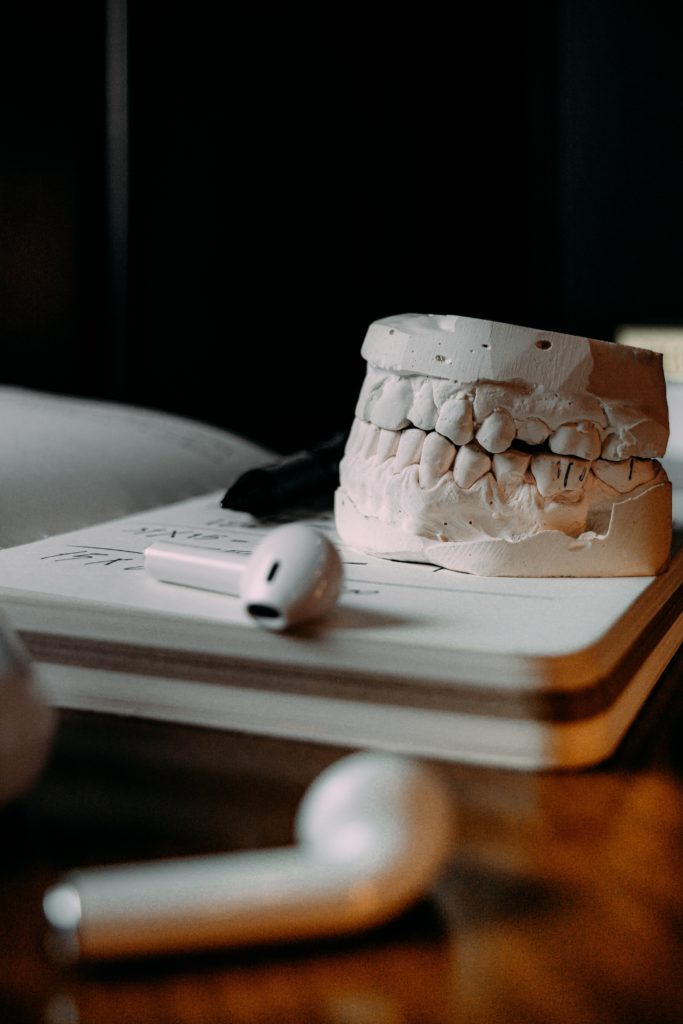An interesting article titled “Retrospective analysis for predictors of postsurgical complications from third molar extraction with use of oxytetracycline–hydrocortisone-coated gauze inserted in extraction socket” appears in Oral Science International, written by Sayumi Matsuda and et. al. and published on June 15, 2023. The article sought to explore a study of a technique of inserting gauze coated with oxytetracycline–hydrocortisone ointment into a wisdom tooth extraction socket and look at the occurence of dry socket and pain when compared to a those without the gauze.
The researchers applied the gauze technique to 286 patients who had lower wisdom teeth removed. The authors found the incidence of dry socket after extraction was 1.05% (with a 95% confidence interval of 0.22% to 3.03%) and the incidence of post-extraction infection was 0.35% (with a 95% confidence interval of 0.01% to 1.91%). These percentages were lower than previous reports of an approximate 30% incidence rate of dry socket and up to 6% incidence of postoperative infection. The authors also found that the mean visual analog scale (VAS) score on the day of surgery was 4.15, and the VAS scores for postoperative day 1 and 7 were 2.28 and 0.55, respectively. The percentage change found in maximum mouth opening on postoperative day 1 was -9.88%, and that on postoperative operative day 7 was -1.51%.

Photo by Amr Taha™ on Unsplash
Further, the Winter position classification of the wisdom teeth was suggested as an independent predictor of postoperative pain and the maximum mouth opening percent change. On postoperative day one, the VAS was predicted to be lower in Winter position classification A, which is a vertical impaction, when compared to that of Winter position classification B or C, which are for mesioangular and horizontal impactions. The authors said that by inserting the gauze covered in the ointment it allowed the extraction socket to remain open which inhibited bacterial growth. Further, the antimicrobial effect of the tetracycline may have helped prevent infection and associated pain.
In the future the authors would like to do further research as the study did not compare the postoperative course of the gauze insertion group to that of the group that did not receive gauze. Several limitations of the study include the bone condition of the extraction socket and poor oral hygiene were not analyzed as predictive factors for post-extraction complications.
